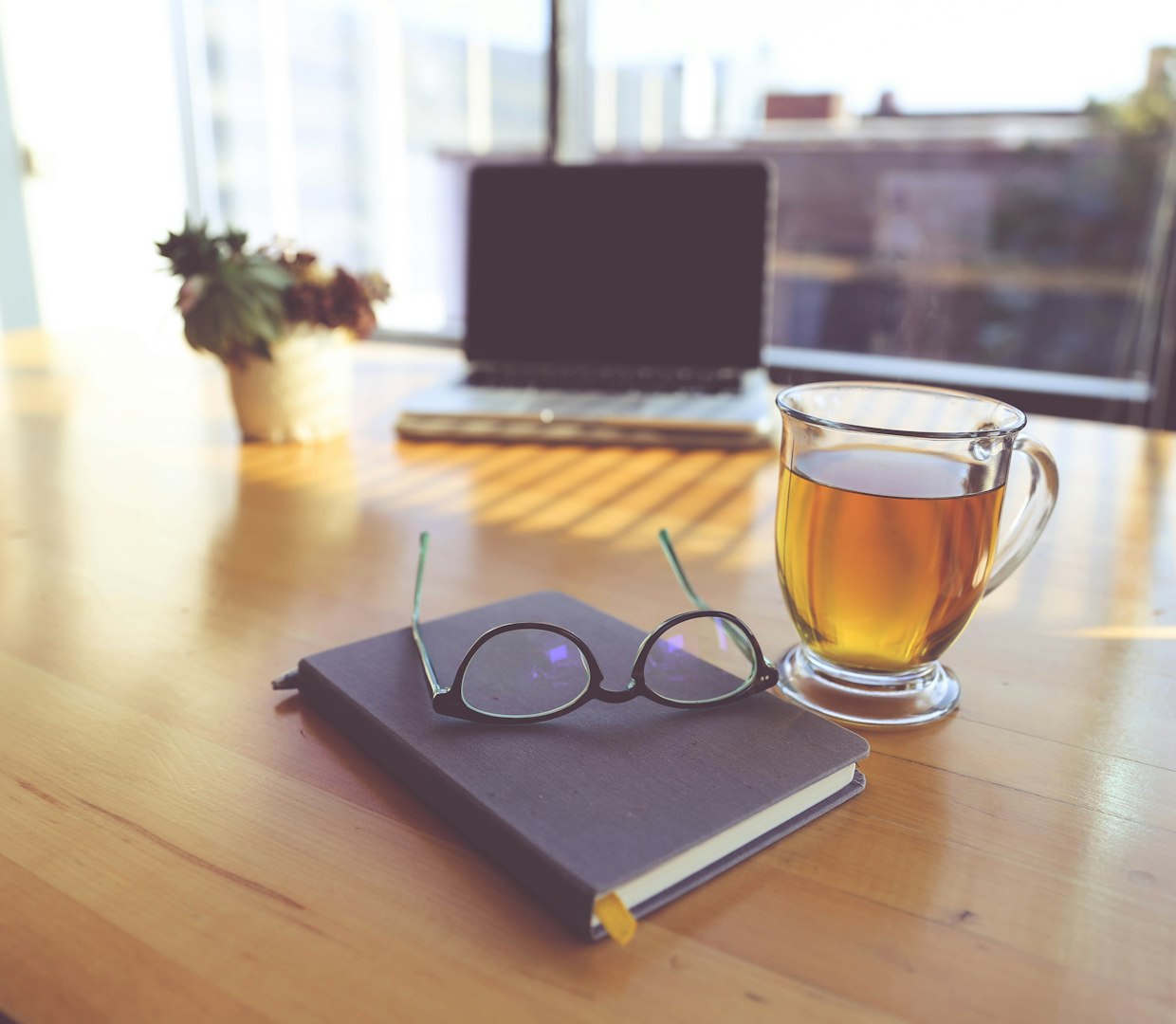How to Brew the Ideal Cup of Tea with Any Teapot

Tea, one of the oldest and most cherished beverages in human history, transcends cultures, climates, and centuries. But while the leaves themselves carry flavor, aroma, and tradition, the magic truly begins in the teapot. Whether you’re using a classic porcelain teapot, a rustic clay vessel, or a modern glass infuser, the way you brew your tea matters—a lot.
The perfect cup of tea is more than just boiling water and leaves. It’s a balance of technique, temperature, time, and teaware. In this article, we’ll guide you through every step of brewing the ideal cup of tea using any kind of teapot, blending scientific precision with traditional wisdom.
1. Understanding the Basics of Tea Types
Before you even heat your water or reach for your teapot, it's essential to understand what kind of tea you're preparing. Different types of tea require different handling.
The Six Main Types of Tea:
White Tea – Delicate and minimally processed; needs low temperatures and longer steeping.
Green Tea – Light, grassy flavor; sensitive to temperature.
Oolong Tea – Semi-oxidized; can range from floral to roasted.
Black Tea – Fully oxidized; bold and robust.
Pu-erh Tea – Aged and fermented; earthy and complex.
Herbal Tea (Tisanes) – Technically not "tea," but steeped infusions of herbs, fruits, and flowers.
Each of these types demands a different approach when brewing. That’s why a “one-size-fits-all” method doesn’t apply.
2. Choosing Your Teapot: Pros and Cons
You can make great tea in any teapot, but understanding the characteristics of each type helps optimize your brew.
Porcelain and Ceramic Teapots
Pros: Non-porous, doesn’t absorb flavors, ideal for a variety of teas.
Best for: Green, white, and black teas.
Tip: Pre-warm before use to maintain temperature consistency.
Clay Teapots (e.g., Yixing)
Pros: Absorb the flavor of teas over time; excellent heat retention.
Best for: Oolong, Pu-erh, and other rich, full-bodied teas.
Tip: Dedicate one clay teapot to one type of tea only.
Glass Teapots
Pros: Aesthetic visibility; neutral material.
Best for: Flowering teas, herbal blends, and teas with visual appeal.
Tip: Use for delicate teas or when brewing for presentation.
Cast Iron Teapots (Tetsubin)
Pros: Retains heat extremely well.
Best for: Strong teas like black or Pu-erh.
Tip: Line with enamel unless you're boiling water directly.
Stainless Steel Teapots
Pros: Durable and modern.
Best for: Everyday brewing, especially with black or green tea.
Tip: Watch for heat retention; not all stainless-steel teapots hold heat well.
3. The Role of Water in the Brewing Process
Water is the foundation of tea—it makes up 98% of the final cup. Poor water = poor tea.
Water Quality Tips:
Use filtered or spring water. Avoid distilled or heavily chlorinated tap water.
Mind the mineral content. Around 50–150 ppm (parts per million) is ideal.
Water Temperature by Tea Type:
Tea Type
Ideal Temperature
White
70–80°C (158–176°F)
Green
75–85°C (167–185°F)
Oolong
85–95°C (185–203°F)
Black
90–100°C (194–212°F)
Pu-erh
95–100°C (203–212°F)
Herbal
95–100°C (203–212°F)
Tip: If you don’t have a temperature-controlled kettle, let boiled water sit for:
1 minute for green tea
2–3 minutes for white tea
Use immediately for black and herbal teas
4. Measuring the Right Amount of Tea Leaves
Correct leaf-to-water ratio ensures flavor balance and prevents over- or under-extraction.
General Guidelines:
Loose leaf tea: Use 1 tsp per 8 oz (240 ml) of water.
Large leaves (e.g., white or oolong): Use 1.5 tsp per 8 oz.
Pu-erh cakes: Break off 3–5 grams per 8 oz.
Using Tea Bags?
One bag typically suffices for 8–10 oz of water, but quality can vary.
Tip: For multiple people or larger teapots, scale the ratio up but keep proportions consistent.
5. Preheating the Teapot
It may seem like a small step, but preheating your teapot makes a big difference.
Why Preheat?
Prevents a sudden drop in water temperature when poured into the pot.
Helps the tea steep evenly.
How to Do It:
Pour hot water into the teapot.
Swirl it gently and discard before adding tea leaves.
This step is especially important when brewing delicate teas or using ceramic and clay pots.
6. The Steeping Process: Timing is Everything
Steeping time is as crucial as water temperature. Too long and the tea becomes bitter; too short and it’s bland.
Tea Type
Steeping Time
White
4–5 minutes
Green
2–3 minutes
Oolong
3–5 minutes
Black
3–5 minutes
Pu-erh
4–6 minutes
Herbal
5–7 minutes
How to Steep with a Teapot:
Add loose tea to the pot or an infuser basket.
Pour hot water over the leaves evenly.
Cover the teapot with the lid and start your timer.
Once time is up, remove the leaves (or strain into another vessel) immediately to prevent over-brewing.
Pro Tip: Try multiple short infusions (e.g., 30 seconds, then 45, then 60) for oolongs and Pu-erh teas to experience evolving flavors.
7. Enhancing Flavor with Optional Additions
While purists may drink tea plain, many cultures add other elements to enhance flavor and nutrition.
Common Additions:
Milk: Popular with black teas like English Breakfast or Masala Chai.
Lemon: Brightens black or green teas.
Honey or Sugar: Adds sweetness, especially in herbal or spiced teas.
Spices: Cinnamon, cloves, cardamom in chai.
Fresh herbs: Mint or basil for a refreshing twist.
Note: Adding dairy to green tea may reduce its antioxidant potency—something to consider if you're drinking tea for health benefits.
8. Pouring and Serving: The Final Step
Once the tea has steeped, how you pour and serve matters, especially with more refined teas.
Techniques:
High Pouring: Common in Moroccan mint tea, it aerates and cools the tea slightly.
Even Distribution: If serving multiple people, pour a little into each cup in rounds to ensure even strength.
Straining: If you’re not using an infuser, pour through a strainer to avoid loose leaves in the cup.
Using traditional cups—like Japanese yunomi, Chinese tasting cups, or British bone china—can enhance the sensory experience.
9. Cleaning and Caring for Your Teapot
A well-maintained teapot lasts longer and brews better tea.
Cleaning Tips:
Rinse with hot water after each use.
Avoid soap, especially in clay teapots, as it can absorb and alter the flavor.
Dry thoroughly before storing to prevent mold or odor.
For metal teapots, ensure the inside is enamel-coated to prevent rust.
Bonus Tip: If your clay teapot smells odd or stale, brew a batch of inexpensive tea and let it sit for an hour—this helps refresh the teapot.
10. Adapting Your Technique to Any Teapot
Here’s how to modify the core brewing process depending on what teapot you have:
Using a Clay Teapot:
Dedicate it to one tea type.
Pre-warm thoroughly.
Shorter, repeated steeps work best.
Using a Glass Teapot:
Great for observing infusion color and leaf movement.
Use a built-in strainer or infuser basket.
Ideal for blooming or flowering teas.
Using a Western Ceramic Teapot:
Suitable for English-style black teas.
Often used with milk and sugar.
Can brew larger quantities for group settings.
Using a Gaiwan (Lidded Chinese Bowl):
Ideal for Gongfu-style brewing.
Quick infusions, high leaf-to-water ratio.
Requires practice for confident handling.
Conclusion: The Art and Science of Brewing
Brewing the perfect cup of tea with any teapot is both an art and a science. While precision in water temperature, leaf quantity, and steeping time is crucial, so is the appreciation of tea’s deeper cultural and personal significance.
Whether you’re preparing a simple breakfast brew or engaging in a multi-step ritual, the ideal cup of tea is one that fits your mood, respects the leaf, and satisfies the senses.
So the next time you prepare your teapot, remember: it’s not just about making tea—it’s about creating a mindful moment.
